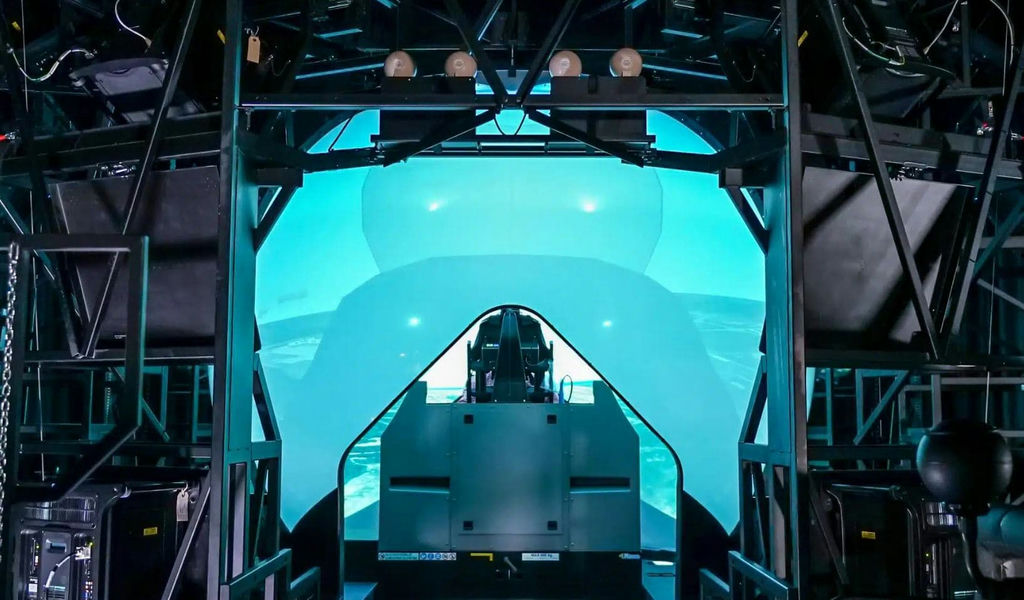Lockheed Martin’s F-35 Training & Logistics team has been working on how to 3D print the cockpit for the F-35 Full Mission Simulator (FMS). After years of hard work, the team recently celebrated the shipment of the first two 3D printed cockpits, that were delivered to MCAS Cherry Point in late 2022. Printing an additive cockpit is an intricate process that is performed at the Orlando, Florida, Rotary and Mission Systems site. The entire process takes about two months, but you can watch the print in less than a minute in the below time-lapse video.
The next delivery contract includes 26 FMS products with 14 of those being 3D printed cockpits
“It’s a good representation of the capability of additive manufacturing and what the team can do when all of the functions work together,” said Jared Stewart, Hardware Engineer Staff. “It also paves the way for any future large additive programs. With F-35 and F-16, we have a good baseline for what our capabilities are, and now we are diving deep into understanding how we can eliminate defects, streamline processes and increase efficiency.”
The 3D printed cockpit is a key tenet of Digital Transformation. When the team started this initiative, they had to look at this extremely complex part and thoroughly redesign it with a focus on manufacturability so the benefits could be realized across the product lifecycle – quality, cost and schedule. This technology is now being leveraged on other platforms and will become the benchmark for training devices.
In addition, the team utilized digital twin technology to visualize the production floor and understand where the 3D printed cockpits can be inserted across the line. Given the decrease in time needed to produce the physical cockpit, advanced planning is needed to manage the flow of orders and deliver on time for customers.
“It’s great being part of a team that helps to get these resources out to the military and improving the overall cost and turnaround times for producibility. Now we will focus on leaning out the process, increasing the throughput and making it more efficient, commented Michael Scheidker, Senior Hardware Engineer.
This effort can reduce the total lead time to obtain conventional parts by 75%. It also reduces the total part count of conventional metal parts by 70%. This significantly simplifies the manufacturability of the FMS and allows the team to rapidly increase the speed at which simulators can be delivered to the warfighter.
Production of the 3D printed FMS cockpit continues with deliveries having started in October 2022. The next delivery contract includes 26 FMS products with 14 of those being 3D printed cockpits.
Subscribe to AM Chronicle Newsletter to stay connected: https://bit.ly/3fBZ1mP
Follow us on LinkedIn: https://bit.ly/3IjhrFq
Visit for more interesting content on additive manufacturing: https://amchronicle.com


